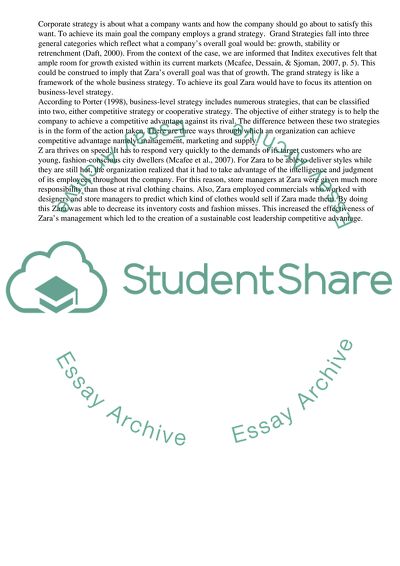Cite this document
(Zara's IT Infrastructure Research Paper Example | Topics and Well Written Essays - 2500 words - 1, n.d.)
Zara's IT Infrastructure Research Paper Example | Topics and Well Written Essays - 2500 words - 1. Retrieved from https://studentshare.org/business/1751298-zara-case-analysis
Zara's IT Infrastructure Research Paper Example | Topics and Well Written Essays - 2500 words - 1. Retrieved from https://studentshare.org/business/1751298-zara-case-analysis
(Zara'S IT Infrastructure Research Paper Example | Topics and Well Written Essays - 2500 Words - 1)
Zara'S IT Infrastructure Research Paper Example | Topics and Well Written Essays - 2500 Words - 1. https://studentshare.org/business/1751298-zara-case-analysis.
Zara'S IT Infrastructure Research Paper Example | Topics and Well Written Essays - 2500 Words - 1. https://studentshare.org/business/1751298-zara-case-analysis.
“Zara'S IT Infrastructure Research Paper Example | Topics and Well Written Essays - 2500 Words - 1”, n.d. https://studentshare.org/business/1751298-zara-case-analysis.


